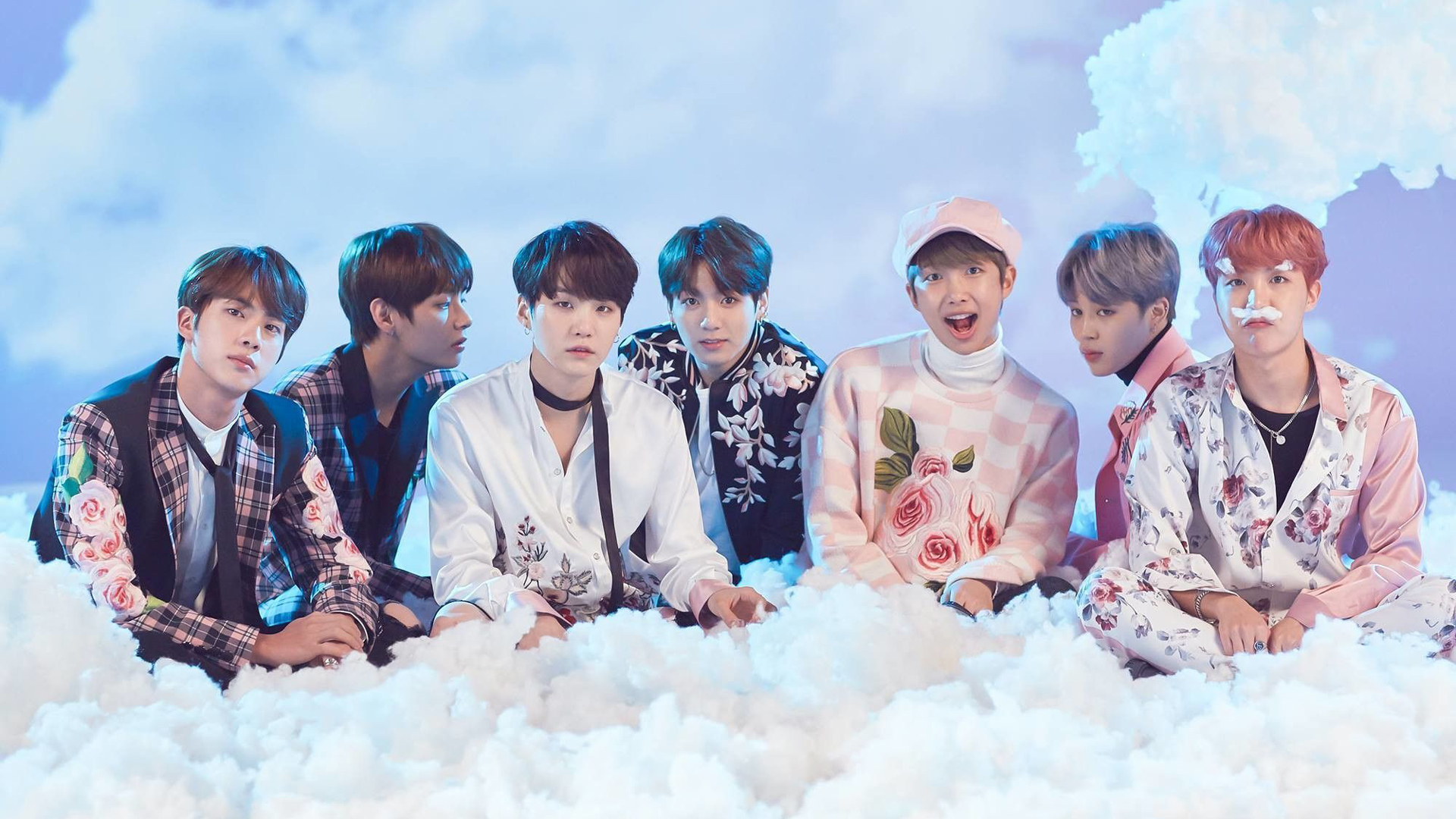BTS, or Bangtan Sonyeondan (meaning Bulletproof Boy Scouts), has become a global phenomenon, not just in music but also in fashion. Their influence on the industry is undeniable, setting trends, challenging norms, and making powerful statements through their sartorial choices. This essay explores BTS’s impact on fashion, analyzing their style evolution, the cultural exchange they’ve sparked, and their role in pushing the boundaries of gender norms.
From Streetwear to High Fashion: A Style Evolution
BTS’s fashion journey reflects their artistic evolution. In their early days, their style leaned towards a more casual, streetwear aesthetic. They donned graphic tees, ripped jeans, and sneakers, reflecting their hip-hop influences and youthful energy. These outfits resonated with a young audience, creating a sense of relatability and accessibility.
As their music matured, so did their fashion choices. Albums like “Wings” and “Love Yourself 承 ‘Her’” saw them embracing a more sophisticated and experimental look. They incorporated tailored suits, statement jackets, and layering, showcasing a growing interest in high fashion. Collaborations with stylists like Young Joo Lee further refined their image, establishing them as fashion icons.
Their recent foray into high fashion has solidified their position on the global fashion scene. Collaborations with luxury brands like Louis Vuitton, Dior, and Celine have seen them sporting custom suits, high-end accessories, and avant-garde pieces. These partnerships not only elevate their style but also demonstrate the growing influence of K-Pop on the international fashion landscape.
Cultural Exchange and Appreciation:
BTS’s global popularity has sparked a growing interest in Korean fashion. Fans, captivated by their style, delve deeper into Korean fashion trends. Brands like System Homme, Represent, and Andersson Bell, frequently worn by BTS, experience a surge in popularity. This cultural exchange fosters an appreciation for Korean design and aesthetics.
Beyond specific brands, BTS incorporates traditional Korean elements into their wardrobe. Hanbok (traditional Korean attire) has been reinterpreted with modern twists, sparking interest in Korean cultural heritage. This exposure to Korean fashion not only expands the fashion landscape but also promotes cultural understanding and appreciation for Korean design.
Breaking Gender Norms and Redefining Masculinity:
BTS is a force for change when it comes to gender norms in fashion. They often challenge traditional notions of masculinity by embracing androgyny and fluidity in their clothing choices. They wear accessories like earrings and chokers, experiment with floral prints and pastel colors, and don clothing that blurs the lines of traditionally gendered styles.
This deliberate subversion of expectations fosters a dialogue about masculinity and self-expression. It showcases confidence and a rejection of rigid gender roles in fashion, inspiring fans to embrace their individuality and express themselves through clothing.
Collaboration and Inclusivity:
BTS actively collaborates with fashion designers from diverse backgrounds. This inclusivity is reflected in their choice of clothing and accessories. They showcase a range of styles, catering to different aesthetics and ethnicities. This approach celebrates diversity and promotes a more inclusive fashion industry, sending a powerful message about acceptance and representation.
Beyond Clothing: Beyond Clothing: Music Videos and Visual Storytelling
BTS’s influence on fashion extends beyond their physical appearances. Their meticulously crafted music videos are a treasure trove of visually stunning fashion moments. Vibrant costumes, meticulously chosen accessories, and symbolic clothing choices enhance the storytelling further.
For example, the music video for “Spring Day” features the members in pastel-colored clothing, reflecting a sense of longing and nostalgia. In “Blood Sweat & Tears,” their outfits are adorned with feathers and symbolic motifs, adding depth and complexity to the narrative. These visual elements elevate fashion to a storytelling tool, further solidifying their impact on the industry.
A Force of Change:
BTS’s impact on fashion goes beyond setting trends. They have sparked a cultural exchange, challenged gender norms, and promoted inclusivity within the industry. Their willingness to experiment and express themselves through clothing has inspired millions to embrace their individuality and use fashion as a form of self-expression. As they continue to evolve and redefine what it means to be a global icon, their influence on the fashion world will undoubtedly continue to grow.
